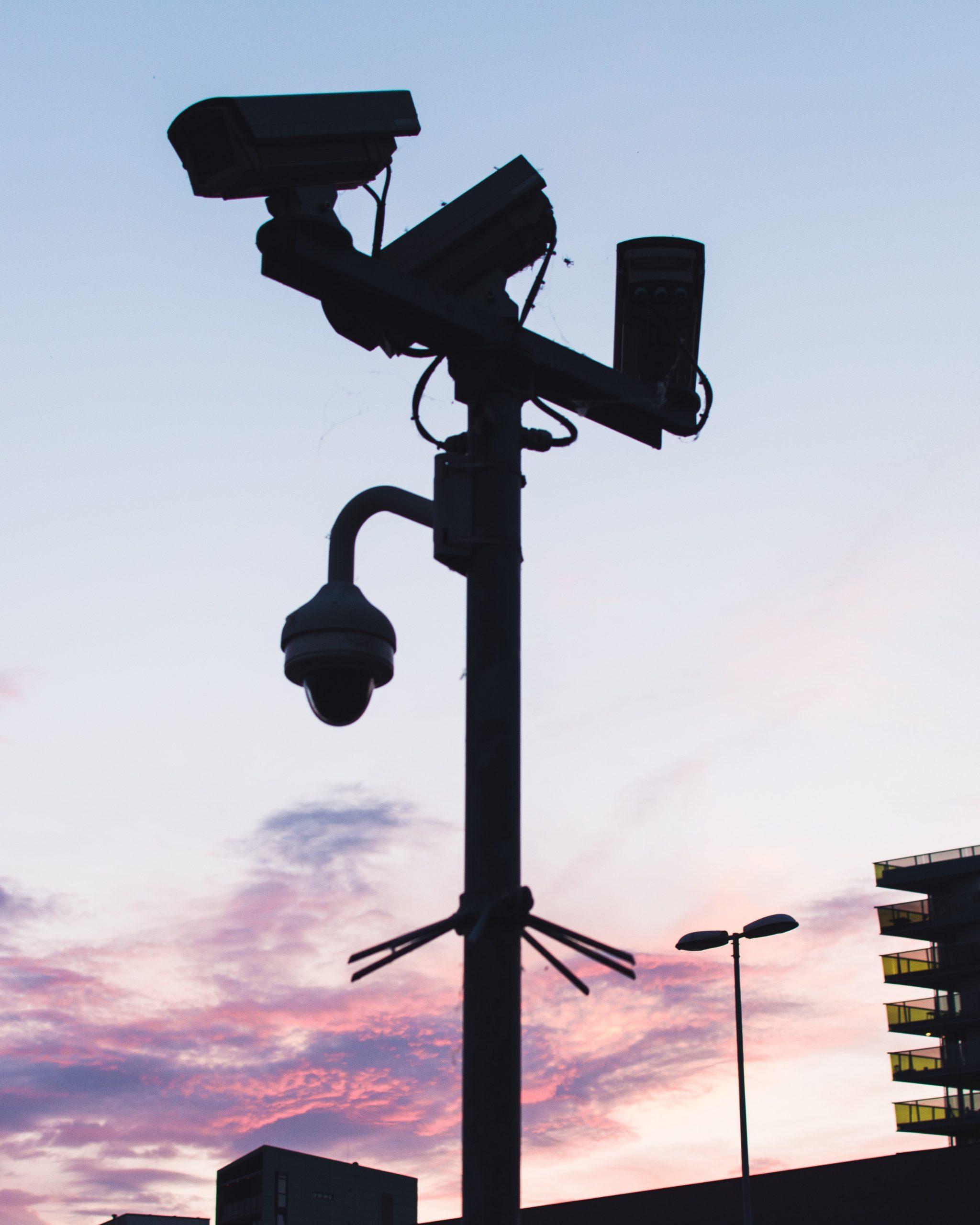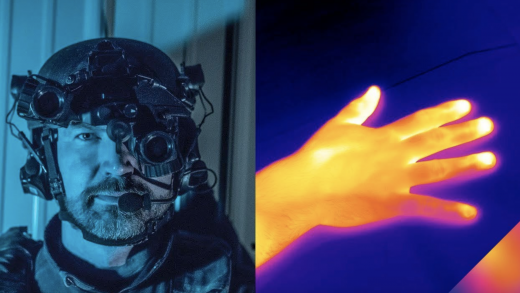Infrared cameras are digital imaging devices that use infrared radiation to capture images. The radiation is invisible to the naked eye, but the camera can detect and create an image of it. This technology is used in a variety of medical applications, including diagnosing and treating skin conditions, monitoring blood flow, and detecting tumors.
How infrared cameras are used in medicine
There are many different ways that infrared cameras are used in medicine. Some of the most common applications include:
1. Detecting skin conditions: Infrared cameras can be used to diagnose skin conditions by capturing images of the heat emitted by the skin. This can help doctors to identify problems like inflammation, infection, and cancer.
2. Monitoring blood flow: By tracking the movement of blood cells, infrared cameras can be used to monitor blood flow. This information can be used to diagnose problems with circulation, such as blockages or clots.
3. Detecting tumors: Tumors often emit more heat than surrounding tissues, which makes them easier to detect with an infrared camera. This technology is often used in combination with other imaging techniques, such as X-rays, to get a more complete picture of a tumor.
4. Guiding surgery: Infrared cameras can be used to guide surgeons during procedures by providing real-time images of the area being operated on. This can help to improve the accuracy of the surgery and reduce the risk of complications.
5. Rehabilitating injured tissue: By monitoring the blood flow and temperature changes in injured tissue, infrared cameras can be used to help rehabilitation efforts. This information can be used to tailor rehabilitation exercises to the needs of the individual patient.
The benefits of using infrared cameras in medicine
There are many benefits to using infrared cameras in medicine. Some of the most notable benefits include:
1. They are non-invasive: Infrared cameras do not require any type of invasiveness, which makes them ideal for use with patients who may be reluctant or unable to undergo more invasive procedures.
2. They are painless: Unlike some other imaging techniques, such as X-rays or MRIs, infrared cameras do not cause any pain or discomfort.
3. They are quick: Infrared cameras can produce images very quickly, which is helpful when time is of the essence, such as in emergency situations.
4. They are affordable: Infrared cameras are relatively affordable, which makes them a more viable option for use in healthcare settings.
5. They have a wide range of applications: As described above, there are many different ways that infrared cameras can be used in medicine. This makes them a versatile tool that can be used in a variety of different situations.
The risks of using infrared cameras in medicine
Despite the many benefits of using infrared cameras in medicine, there are also some risks to consider. Some of the most notable risks include:
1. They can produce false positives: In some cases, infrared cameras may produce images that appear to be abnormal when there is actually nothing wrong. This can lead to unnecessary anxiety and further testing.
2. They can miss subtle changes: Infrared cameras may not be able to detect very small or subtle changes in the body. This could result in a condition going undetected until it is more advanced and difficult to treat.
3. They rely on operator expertise: Infrared cameras require a skilled operator in order to produce accurate results. If the operator is not experienced or knowledgeable, the images may be inaccurate or misleading.
4. They are not always available: Not all medical facilities have access to infrared cameras. This can limit the use of this technology in some areas.
5. They can be expensive to maintain: Infrared cameras require regular calibration and cleaning in order to ensure accurate results. This can be costly and time-consuming.
Despite these risks, the benefits of using infrared cameras in medicine far outweigh the downsides. With proper training and care, infrared cameras can be a valuable tool in diagnosing and treating various medical conditions.


